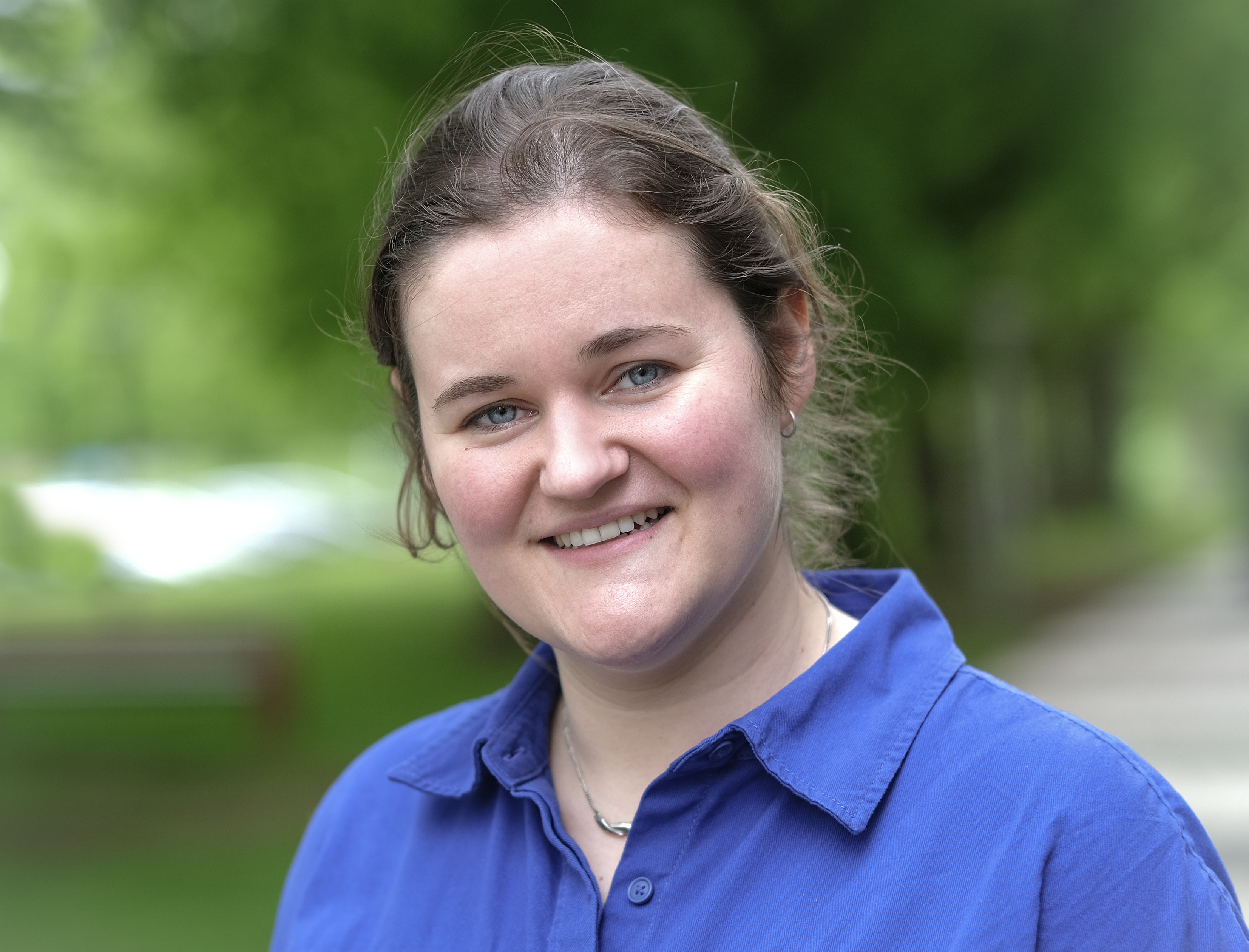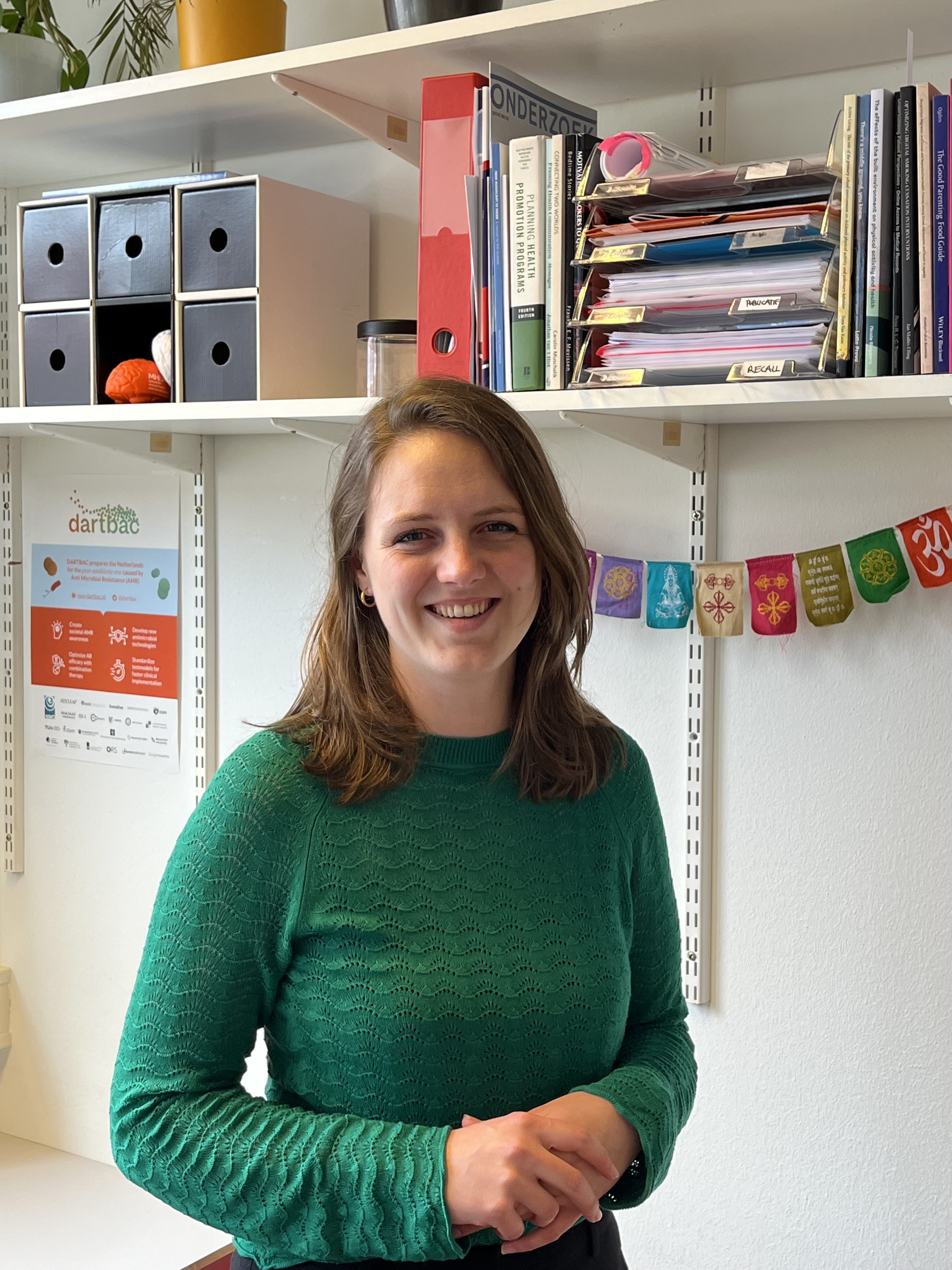Coronavirus life cycle portrayed
The coronavirus has become part of our society. But how exactly does the virus work exactly? In a unique animation, Maastricht scientists have visualized the life cycle of the virus for a broad audience. They did this using real microscopic images of infected cells.
In late 2020, Prof. dr. Raimond Ravelli received funding from the Science Communication program of the National Science Agenda (NWA). Together with a team of scientists and designers, Ravelli worked on the animation for a year and a half. The team included his colleague dr. Kèvin Knoops, who studied the SARS virus during his PhD research, and dr. Jeroen Claus, founder and owner of the London-based animation studio Phospho. They were assisted by students and a number of Dutch experts on the virus.
Animation
Nowadays, everyone can imagine what the coronavirus can do to humans. But sometimes the fundamental knowledge about it is lacking. How does the virus work? With that in mind, Ravelli came up with the idea of creating an animation that explains the coronavirus in detail, yet as simply as possible.
Throughout the pandemic, according to Claus, several animations have already been released about the virus. "These animations generally deal with issues such as why you should wash your hands and why you should wear a mouth mask. Representing the life cycle of the virus itself and including real microscopic shots, had never been done in this way before."
Animated software program: Houdini
The animation was created using the animation software Houdini. This is an animation package where a moving 3D image can be created using real experimental data, such as 3D protein structures and microscopic images of infected cells. "Scientists from around the world have studied and published an extraordinary number of puzzle pieces of how this virus works over the past two years. We have taken on the challenge of putting those puzzle pieces together and transforming them into moving 3D images in one story," explained Ravelli, Knoops and Claus.

Relevance
With this animation, the researchers tried to depict as closely as possible how the coronavirus works from beginning to end. According to Claus, it is ‘a visual summary of current knowledge’. "I hope the animation will last for many years and can be used in education for the next decade," Ravelli says.
According to Knoops, this animation will also allow you to better understand the life cycle of most other similar viruses. After all, the basis of these viruses is the same, only the details are different.
Broad target group
The researchers hope to reach a wide audience with the animation. From school-aged children to a slightly older audience. Moreover, through the beautiful images and music, the researchers also hope to intrigue people who have no knowledge of viruses and cells.
The first reactions the creators have received are mainly about the beauty of the animation. There is also admiration for how the researchers were able to figure out all those details and how ingeniously nature works. A few, however, found it a ‘horror-movie’, because it reminds people of what the virus has done to the world.
Maastricht University and NWO are distributing the animation through various channels. The animation was also featured on the NPO television program Atlas on Wednesday, November 16th. The researchers themselves are sharing the animation among a broad audience at home and abroad.

This news article is an adaptation of an interview published by NWO.
The lifecycle of SARS-CoV-2
View the scientific version of the animation here.
Also read
-
As a patient in a hospital, you see many different faces at your bedside every day: a nurse measuring your blood pressure, a doctor or nurse practitioner informing you about the care plan, and a nutritionist providing you with the right food and drinks. Although all these caregivers have their own...
-
In the upcoming months, the Faculty of Health, Medicine and Life Sciences will share tips on Instagram on how to live a healthier life. Not just a random collection, but tips based on actual research happening at our faculty. The brains behind this idea are Lieve Vonken and Gido Metz, PhD candidates...
-
Berta Cillero Pastor is an Associate Professor and group leader at the MERLN Institute for Technology-Inspired Regenerative Medicine. Her research is centred around mass spectrometry (imaging) to gain insights into molecules in cells and tissues for biomedical research. With this technique, changes...


